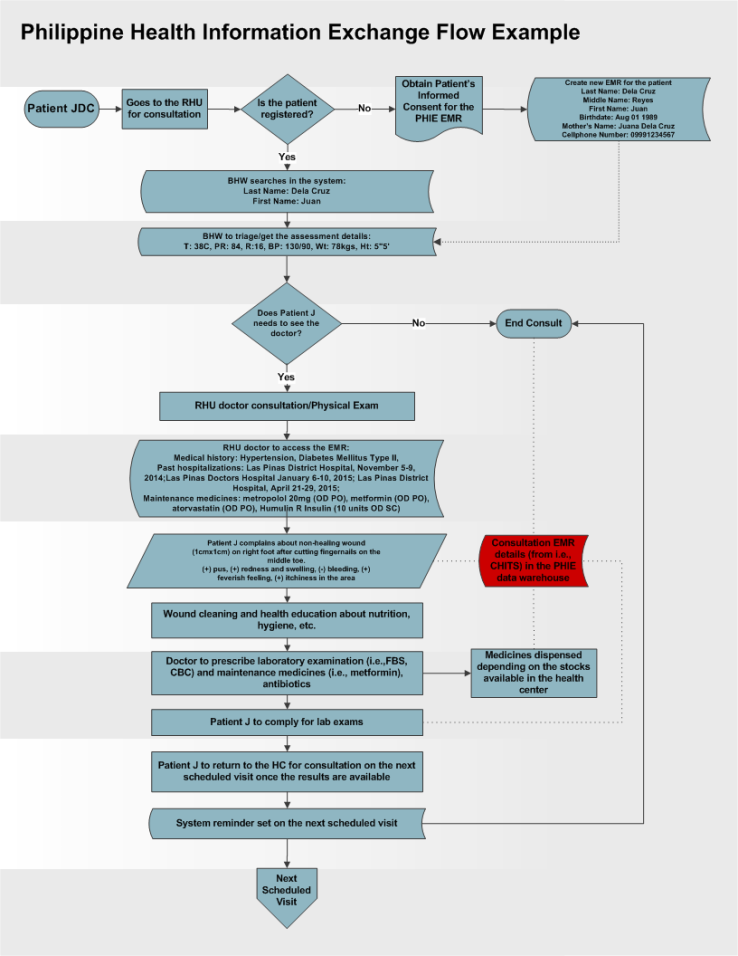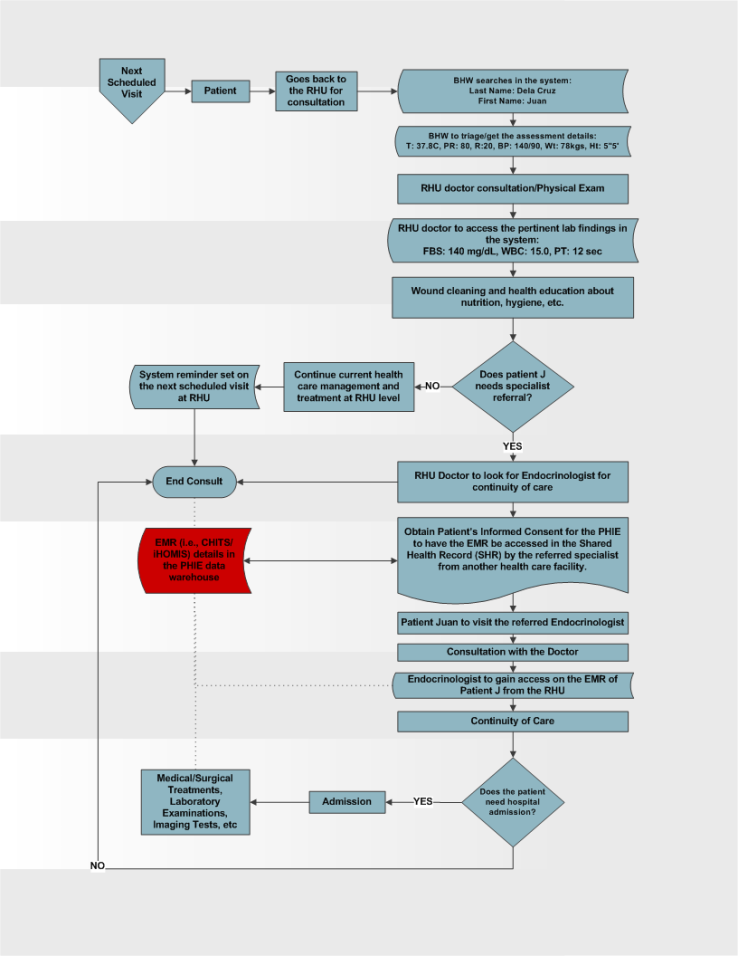As part of improving the delivery of health care system, there should be enough features that will provide the users, particularly the health care providers, enough details that will aid them in decisions when it comes to patient care. One of the key features a system would have is the Clinical Decision Support System. In literature, it is defined as a software or features that enables the patients or the clinicians with mapped clinical knowledge and patient-related information, appropriately organized, filtered and presented to generate data that would influence health decisions and choices to enhance patient care. To maximize the reliability of the system, there would be a need for the following:
- Clinical Knowledge that is currently up to date and accurate
- Patient information encoded in the EMR should be complete, accurate and updated by the Health Care Provider
- Annual or periodic reviews of the content against current practice
The above three items are important since the Health Care Providers rely on the information and the generated advises. However, we should take note as well that CDSS does not replace the clinicians when it comes to decision-making. It only aids the clinicians to come up a better diagnoses and individualized patient care.
What are the features of CDSS that are very useful for clinicians that will improve the quality of healthcare?
In the Philippines, we have a system called Community Health Information Tracking System or CHITS. This EMR system has been deployed to different Rural Health Units for the purpose of automation of the patient information on site.


I have used the clinical example I used in the previous post for PHIE and you may see some key CDSS features below that would improve health service delivery in using EMRs such as CHITS.
- DATA ENTRY
- Documentation forms and templates – this is for the purpose of standardizing the fields in clinical document forms and assessment forms for complete details needed in order to generate the relevant data information that will aid the clinician.
- Order and prescription-creation facilitators (order sets, tools for complex ordering)
- Order sets
- Parameter guidance, methods to bring care into compliance with clinical guidelines and protocols
- DATA REVIEW
- Patient-monitoring devices
- Relevant data information – detailed and summarized data for monitoring, ordering, administering or documentation purposes
- ASSESSMENT AND UNDERSTANDING
- There should be a cross-linking of the EMR to relevant reference, information, and guidance (but this is I think is still in process for CHITS), infobuttons
- TRIGGERED BY USER TASKS
- Alerts and Reminders for scheduled consultations and time of medications, etc.
- Can be of form of SMS or e-mail
Furthermore, we should take note as well the 5 Rights CDSS should have:
- the right information
- to the right people
- though right channels
- in the right intervention formats
- At the right points in workflow
References:
- Campbell, Robert James. “The Five Rights of Clinical Decision Support: CDS Tools Helpful for Meeting Meaningful Use” Journal of AHIMA 84, no.10 (October 2013): 42-47 (web version updated February 2016).
- HealthIT.Gov. https://www.healthit.gov/sites/default/files/acds-lessons-in-cds-implementation-deliverablev2.pdf
[…] Data consolidated in the database can be used as well for research purposes and would aid clinical decisions of the health care providers. I hope there would be a specific coverage that would enable the researchers to use such data to come up with knowledge management that will be the basis for CDSS. […]
LikeLike